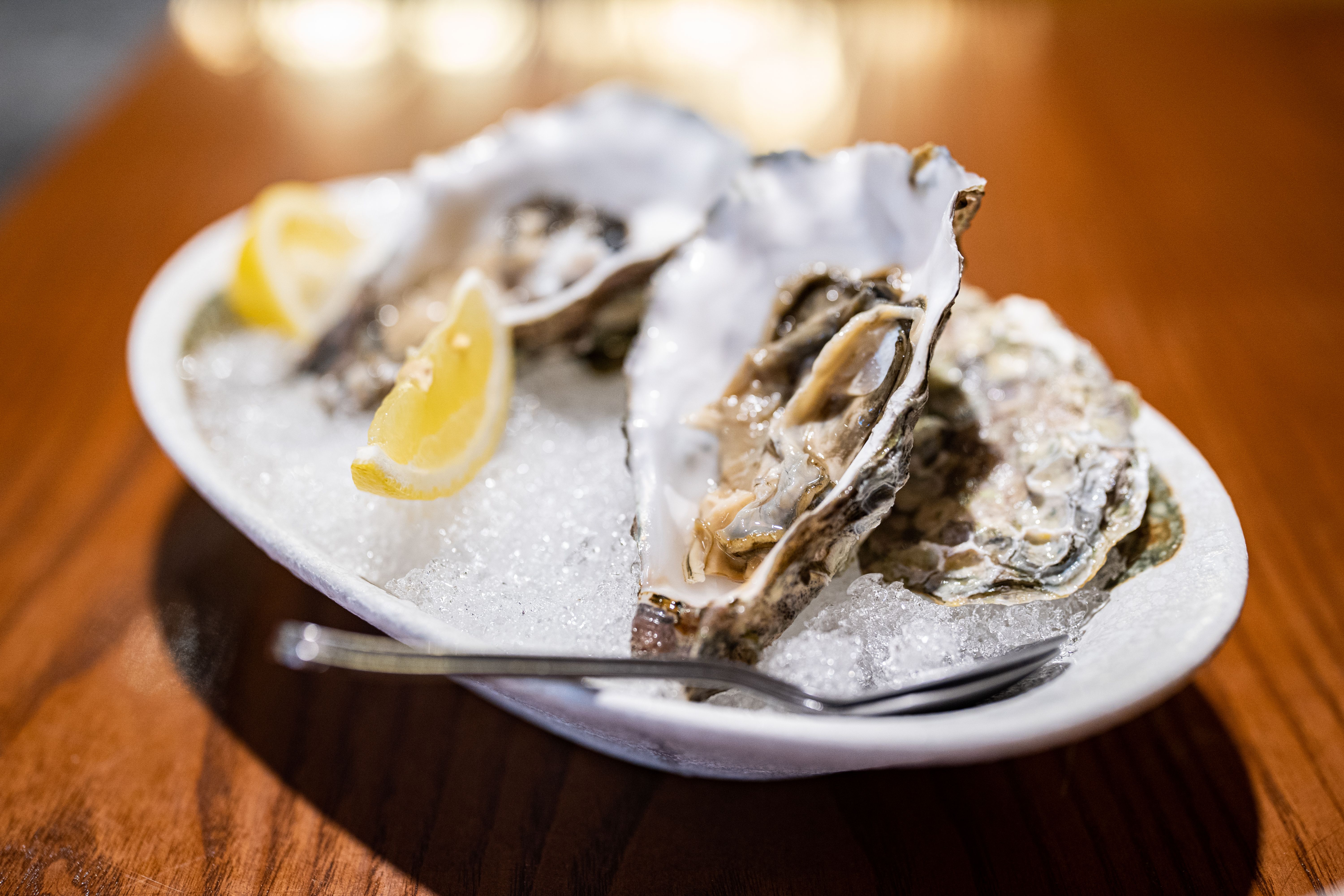Exploring the Unique Delicacy of Rocky Mountain Oysters
Introduction to Rocky Mountain Oysters
For those who have never encountered this unique delicacy, Rocky Mountain oysters might sound like a seafood dish. However, these "oysters" are actually a special treat from the land, not the sea. They are a traditional dish made from the testicles of bulls, typically served in the western United States and Canada. Despite their unusual origin, Rocky Mountain oysters are a beloved culinary experience for many adventurous eaters.
The dish has its roots in the ranching culture of the American West. Ranchers sought to utilize every part of the animal, leading to the creation of this inventive and resourceful dish. Today, they are often served as an appetizer or main course in steakhouses and at food festivals, showcasing a deep connection to Western heritage.

The Preparation Process
Preparing Rocky Mountain oysters involves a meticulous process that begins with peeling and cleaning. The testicles are then typically sliced into thin pieces before being seasoned and breaded. The most common preparation method is to deep-fry them until golden brown, offering a crispy exterior with a tender interior.
The breading often incorporates spices and herbs, adding layers of flavor that complement the natural taste of the dish. Some variations include different coatings like cornmeal or flour, providing diverse textures and tastes. The dish is frequently served with dipping sauces such as cocktail sauce or horseradish cream to enhance its flavor profile.

Regional Variations
While the basic preparation remains consistent, regional variations of Rocky Mountain oysters showcase local flavors and culinary creativity. In some regions, they are grilled or sautéed, offering a different take on texture and taste. Other variations may include additional spices or marinades, making each version a unique experience.
These regional differences highlight the adaptability of the dish, allowing it to fit into various culinary traditions while retaining its original charm. Whether enjoyed simply with salt and pepper or infused with bold spices, Rocky Mountain oysters continue to surprise and delight those willing to try them.
Health Benefits and Nutritional Value
Rocky Mountain oysters are not only a flavorful delicacy but also offer nutritional benefits. They are rich in protein and contain essential vitamins and minerals such as zinc, iron, and magnesium. These nutrients contribute to muscle repair, immune system support, and overall well-being.
While they are typically fried, which adds calories, there are healthier preparation methods available that can reduce fat content without sacrificing flavor. Grilling or baking are excellent alternatives for those looking to enjoy this dish in a more health-conscious manner.

Cultural Significance
The consumption of Rocky Mountain oysters extends beyond just culinary enjoyment; it is deeply embedded in cultural traditions. Many festivals and events celebrate this unique dish, drawing crowds eager to partake in the experience. It serves as a testament to the resourcefulness and creativity of early ranching communities.
These festivals often include competitions, tastings, and educational workshops that highlight the history and preparation of Rocky Mountain oysters. They provide an opportunity for people to connect with Western culture and enjoy a dish that is both historical and delicious.
Conclusion
Exploring the unique delicacy of Rocky Mountain oysters offers a fascinating glimpse into Western culinary tradition. From their surprising origin to their varied preparations, these "oysters" remain an intriguing part of America's diverse food landscape. Whether you're an adventurous eater or someone interested in cultural cuisine, trying Rocky Mountain oysters might just be an unforgettable experience.
So next time you're at a Western food festival or near a steakhouse that offers them on the menu, consider giving Rocky Mountain oysters a try. You might just discover a new favorite dish that combines history, flavor, and a bit of daring spirit.
